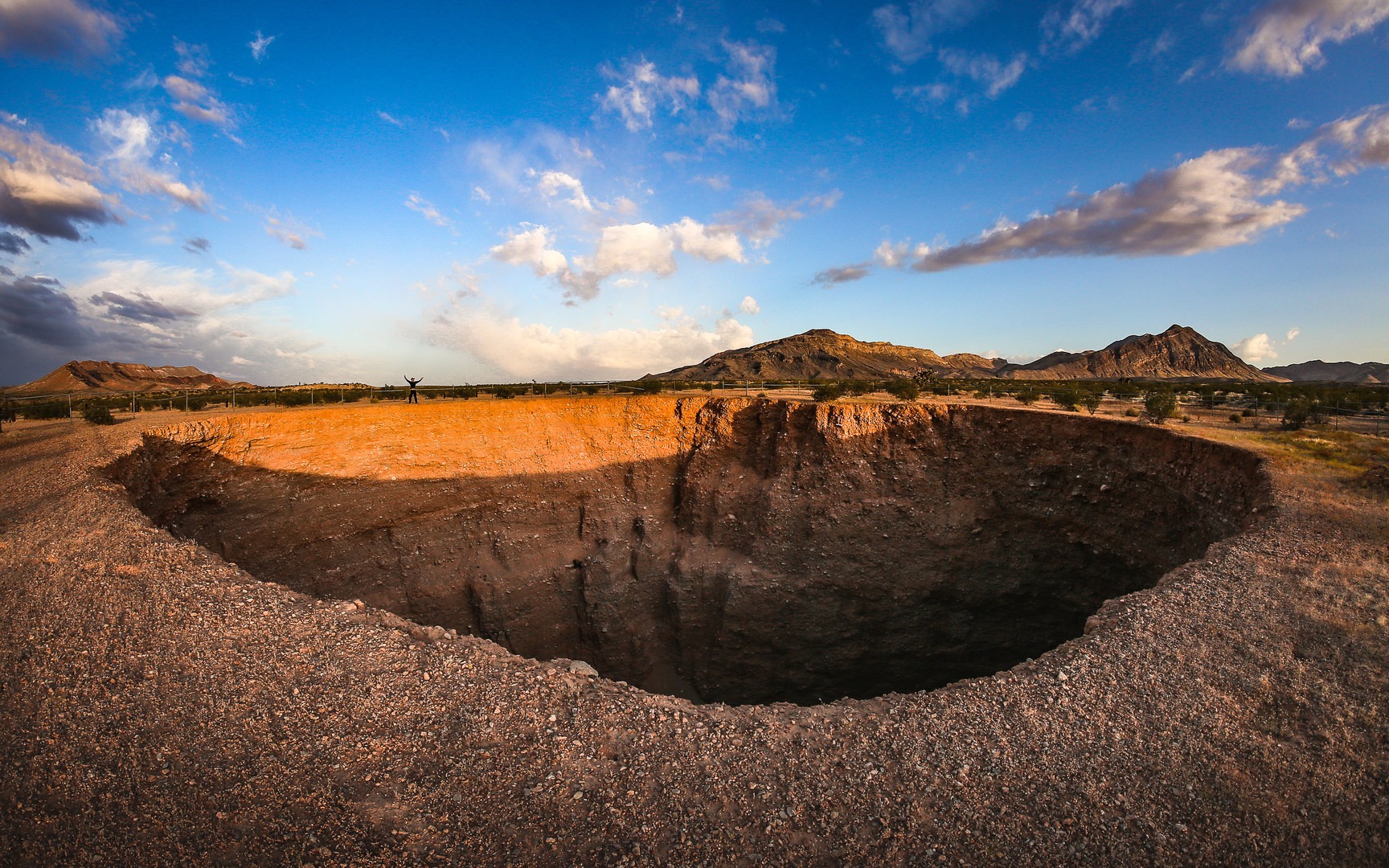You are here
Gold Butte National Monument encompasses geological features, Native American petroglyphs, mountain peaks, and mining history that was designated a national monument in 2016 under the Obama administration. It is located in the southeast area of Nevada east of Lake Mead and about a two-hour drive from Las Vegas.
The rugged and largely undeveloped landscape encompasses an area of nearly 300,000 acres that includes critical habitat for the desert tortoise. Big horn sheep also inhabit the mountains within the monument. The area includes two separate wilderness areas, Jumbo Springs and Lima Canyon.
Until its designation in 2016, the land within Gold Butte National Monument existed under Bureau of Land Management and National Park Service management. Although rich in Native American cultural history, mining history, and geology, the area saw little protection. Areas of archeological interest were plundered, habitat was trampled by off-road vehicles, and galleries of Native American rock art were used as target practice. Over time, a growing body of conservation groups, state and county lawmakers, and Native American groups sought protected status for the area. In December of 2016, using the Antiquities Act, then-president Obama designated the area as Gold Butte National Monument.
Currently, Gold Butte retains much of its extremely rural and primitive feeling. There are no designated hiking trails, very little signage of any kind, no tables, bathrooms, or trash located anywhere inside the park boundaries, and aside from the very roughly paved Gold Butte Road between the town of Bunkerville and Whitney Pockets, roads through the park are comprised of rough gravel and rock. Most require high-clearance four-wheel drive vehicles. Nevertheless, unofficial and exploratory trails exist in some areas of interest, including petroglyph sites and mountain peaks. Over time it is likely that the dispersed camping will be regulated in designated areas. The area is popular among off-road vehicles, and there are about 250 miles of roads, nearly all of them unmaintained dirt roads not suggested for standard two-wheel drive vehicles.
There are two primary hubs for exploring Gold Butte National Monument:
- Whitney Pockets is the first landmark upon driving into the monument. About 22 miles from where Gold Butte Road leaves Bunkerville, Nevada, the paved road terminates here. Whitney Pockets has a wide gravel parking area commonly used for staging off-road vehicles.
- Gold Butte is the southern hub for exploring the monument. The townsite lies about 20 miles south on an unpaved road from Whitney Pockets.
Though no official hiking trails exist within the monument, popular hikes and features include:
- Petroglyph Trail: A short trail near Whitney Pockets that leads to an area with over 100 Native American petroglyphs.
- Little Finland: A scenic area of sandstone formations in fantastic shapes formed by centuries of wind and water erosion.
- Devil's Throat: A sinkhole measuring about 100 feet in diameter and 50 feet in depth formed from a collapsed underground cave.
- Billy Goat Peak: A mountain peak near the northern end of the monument with views overlooking the sandstone formations that stretch to Lake Mead.
- Gold Butte millsite: The remains of Gold Butte's mining era near the southern end of the monument.
- Jumbo Peak: A peak near the southern portion of the monument.
The monument remains open for recreational uses, including camping, horseback riding, hunting, off-road driving, and bicycling. Grazing and development are no longer permitted as a result of the new designation.
At present, there are no amenities of any type, including cell service, water, bathrooms, food, or gas anywhere within the monument area. Most access is along unsigned dirt roads, and most features remain unmarked, so visitors should plan navigation before entering the monument.
More official information about Gold Butte can be found at www.blm.gov/gold-butte. A great resource for visitors can be found at friendsofgoldbutte.org.
Logistics + Planning
Current Weather: Powered by Dark Sky
























Comments
Sign In and share them.